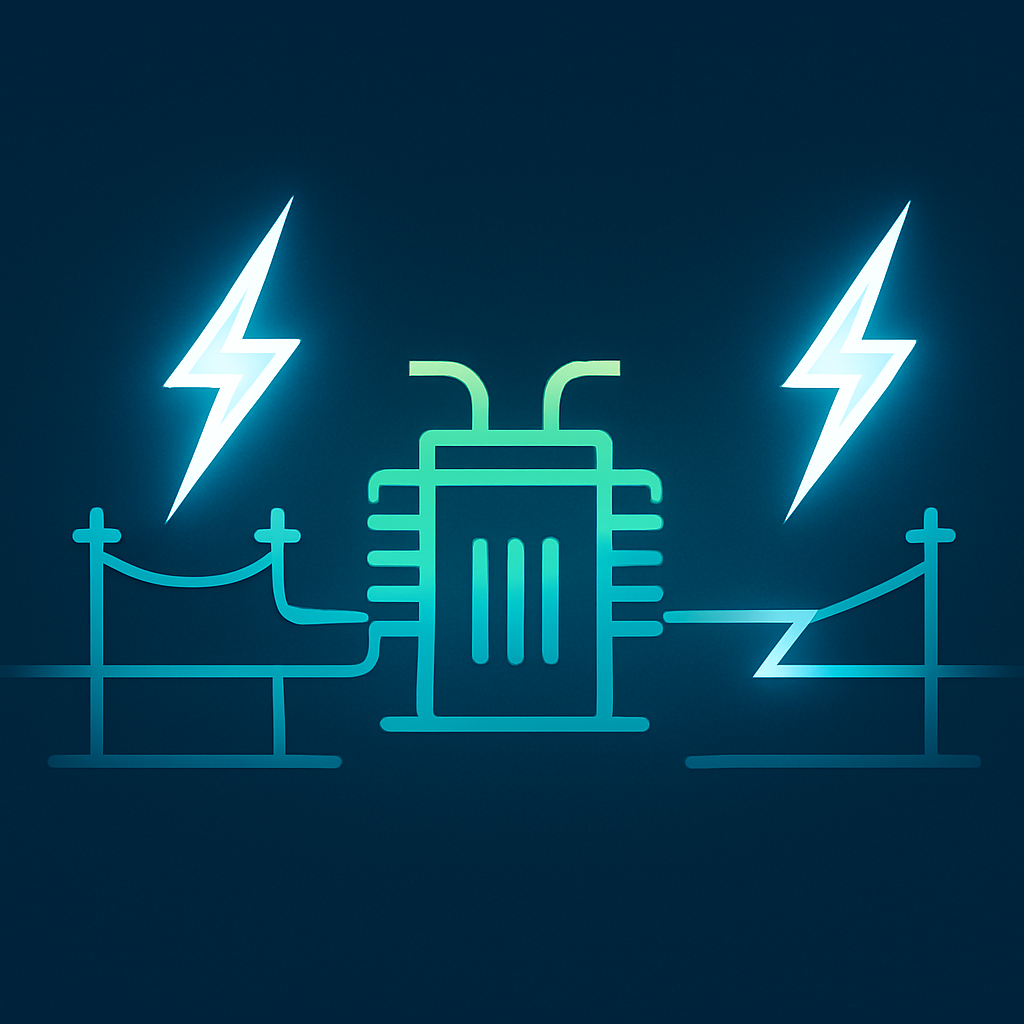Choosing the wrong power transformer can lead to inefficiency, safety hazards, or even costly system failures. But how do you navigate the complexities to find the perfect fit for your residential, commercial, or industrial needs? This guide covers everything from the basics to important decision-making factors. It helps you choose a transformer that ensures safety, efficiency, and long-term reliability.
Navigate this guide easily:
Choosing the right power transformer is very important. It helps keep your power system safe and efficient. This ensures it works well in different residential, commercial, and industrial settings. This guide explains the basics and looks at different types. It clarifies important details and outlines key factors. This will help you make a wise choice for your needs.
Understanding Power Transformers: The Basics
What Is a Transformer and What Does It Do?
A transformer is a static electrical device used extensively in power systems. Its main job is to change AC voltage levels. It can either increase (step-up) or decrease (step-down) them. It also often provides electrical isolation between circuits. They are indispensable for the efficient transmission and distribution of electrical energy.
How Does a Transformer Work?
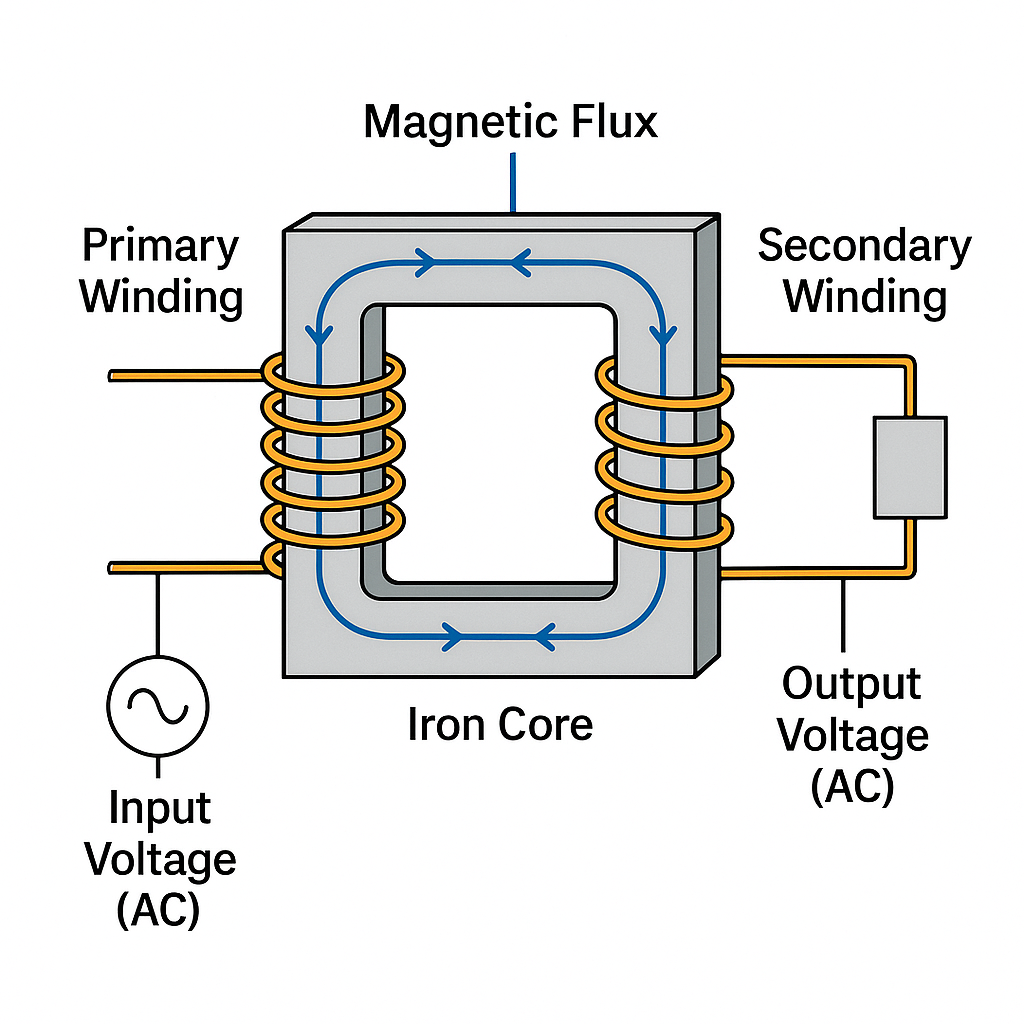
It operates on the principle of mutual induction. When an alternating current flows through the primary windings, it creates a changing magnetic field in the transformer's core. This changing magnetic flux then links with the secondary windings (coils), inducing a voltage in them. The change in voltage depends on the ratio of turns in the primary and secondary windings.
Key Takeaway: Transformers achieve voltage change without any moving parts, relying solely on electromagnetic principles. This elegant simplicity is fundamental to our modern electrical infrastructure.
Key Parts of a Power Transformer
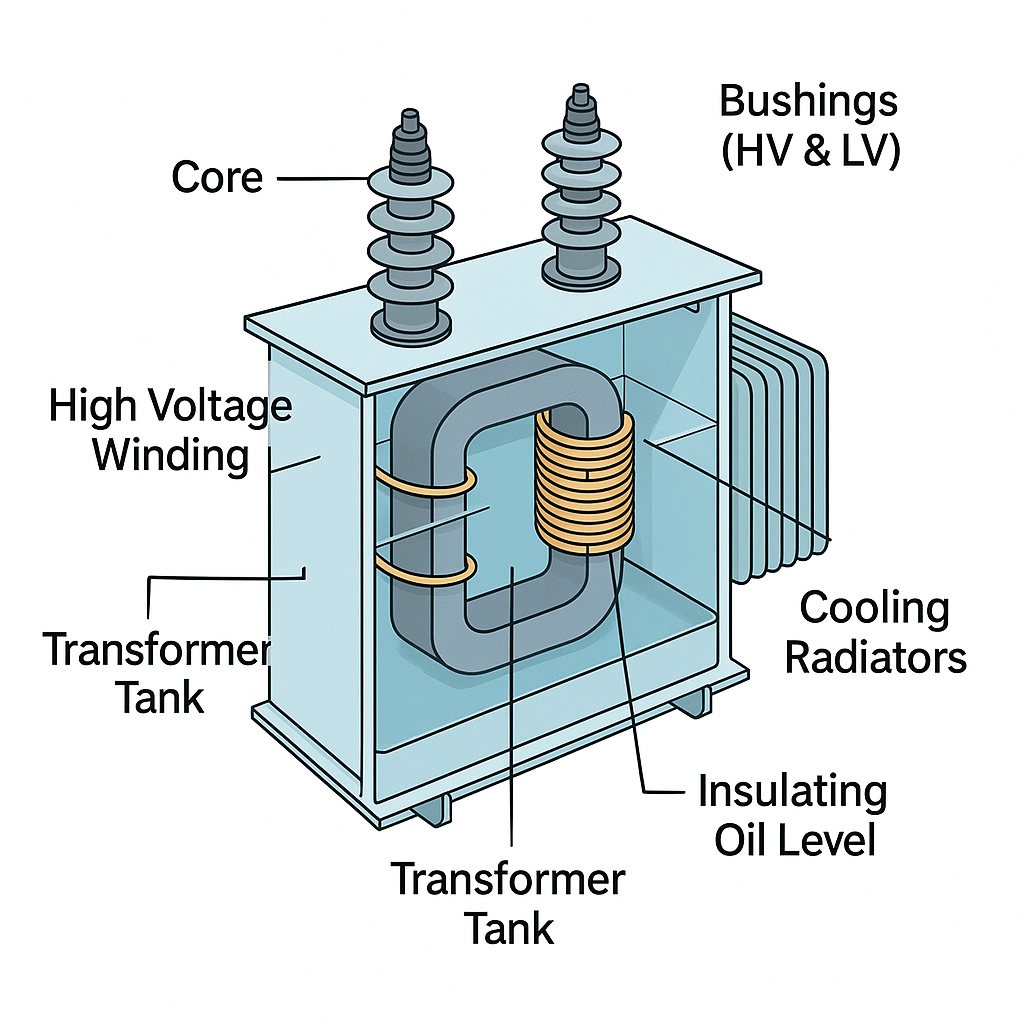
The main components of a power transformer include:
- Core: Typically made of laminated silicon steel to provide a path for magnetic flux and reduce energy losses.
- Primary and Secondary Windings: Coils of insulated conductor (usually copper or aluminum) where the electrical energy is transformed.
- Tank: A steel container for oil-immersed transformers, housing the core and windings.
- Bushings: Insulated terminals that allow external electrical connections to the windings.
- Cooling System: Methods like radiators, fins, fans, or oil pumps to dissipate heat generated by losses.
- Insulation: Materials like mineral oil, cast resin, or air to electrically isolate components and prevent short circuits.
Optional Link: Learn more about transformer core components and their impact on efficiency.
Types of Power Transformers
Transformers can be categorized in several ways. Understanding these distinctions is key to selection.
Types Based on Cooling/Insulation
The cooling and insulation method is a primary differentiator, significantly impacting application and safety. Which one suits your environment?
Oil-Immersed Transformer
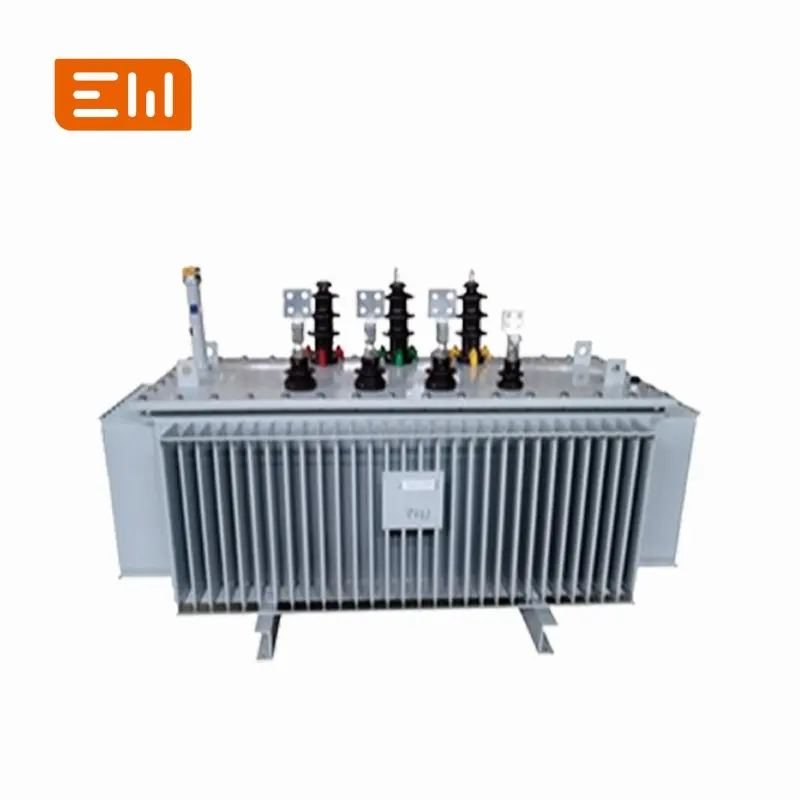
- Pros: Excellent cooling capabilities, highly effective insulation, often more compact for higher ratings.
- Cons: Potential fire hazard due to flammable oil, environmental concerns if leaks occur, requires more maintenance (oil testing).
- Common Uses: Outdoor substations, utility-scale power distribution, heavy industrial sites.
We offer a wide range, including series like SH15, S13, S11, NX2, S NX1, and D.
Link: Explore our range of Oil-Immersed Transformers, including models like the SH15 Three Phase Transformer.
Dry Type Transformers
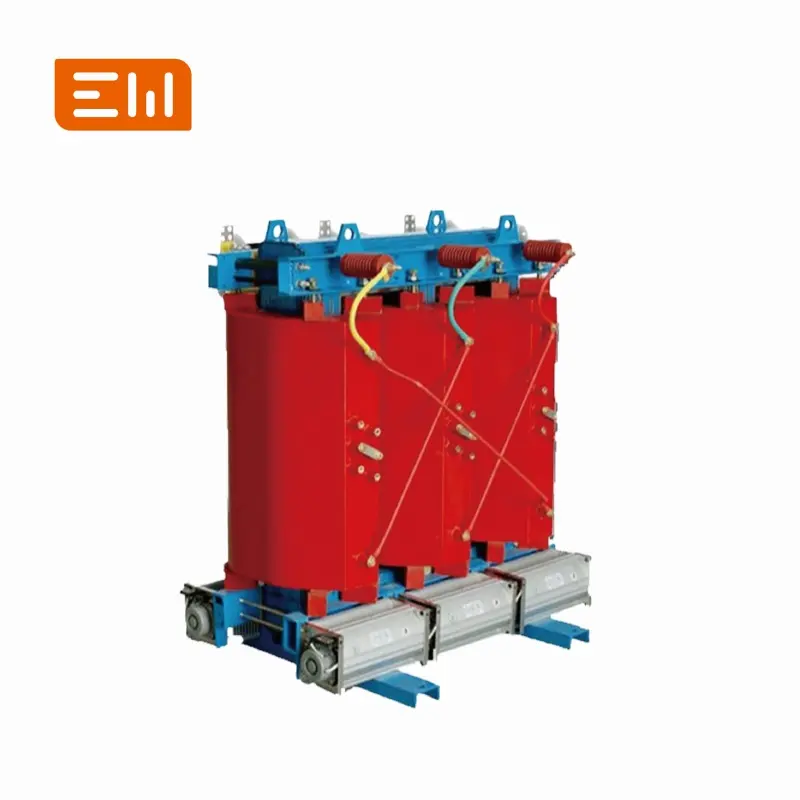
- Pros: Inherently safer (no flammable oil), significantly less maintenance, more environmentally friendly (no risk of oil spills).
- Cons: They can be larger and heavier for the same power. They usually have a higher initial cost. Cooling may not work as well for very high power ratings.
- Common Uses: Indoor installations (e.g., buildings, hospitals, schools), environmentally sensitive areas, locations where fire safety is paramount.
Cooling can happen through natural convection, where air moves on its own, or with fans. Sometimes, an air chute system is used to direct and improve airflow. We offer series like SCBH15, SCB11, SCB10, SCB NX2, SCB NX1, and DC.
Link: Discover our Dry Type Transformers, such as the SCB10 Three Phase Dry-Type Transformer.
Struggling to decide between oil-immersed and dry-type? This quick comparison highlights the main differences to guide your thinking:
Oil-Immersed vs. Dry-Type: Quick Comparison
| Feature | Oil-Immersed Transformer | Dry Type Transformer |
|---|---|---|
| Cooling/Insulation | Mineral Oil | Air / Cast Resin |
| Efficiency | Generally Higher | Slightly Lower |
| Size/Weight | Often Smaller/Lighter for same rating | Can be Larger/Heavier |
| Location | Typically Outdoors / Substations | Typically Indoors / Sensitive Areas |
| Safety (Fire) | Higher Risk (Flammable Oil) | Lower Risk (Non-flammable) |
| Maintenance | Requires Oil Monitoring/Testing | Lower Maintenance |
| Initial Cost | Generally Lower | Generally Higher |
| Environmental Risk | Potential Oil Leaks | Lower Risk |
For a more detailed analysis, dive deeper into our Oil vs Dry comparison here.
Types Based on Phase
The number of phases your electrical system uses dictates this choice.
Three Phase Transformer
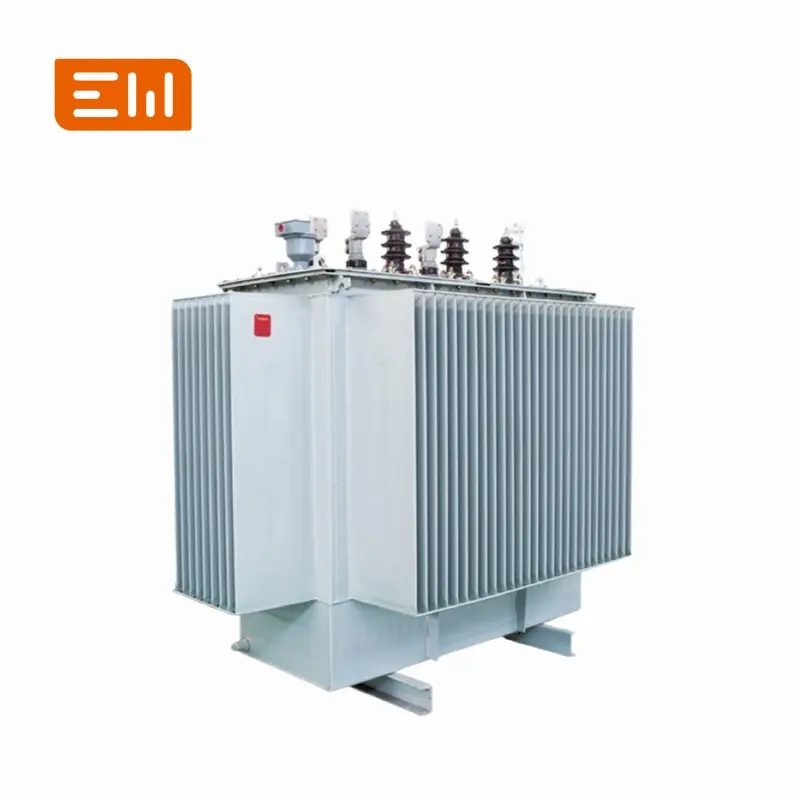
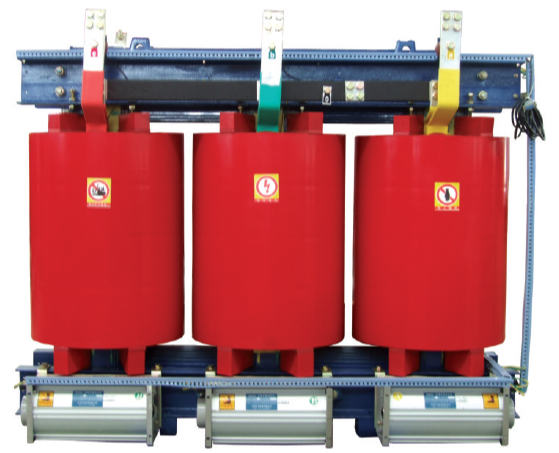
Used commonly for power distribution to residential, commercial, and industrial settings where higher power is required. Most of our products (SH, S, NX, SCBH, SCB series) are this type, as three-phase power is the backbone of most power grids.
Optional Link: See our three phase oil-immersed and dry-type options.
Single Phase Transformer
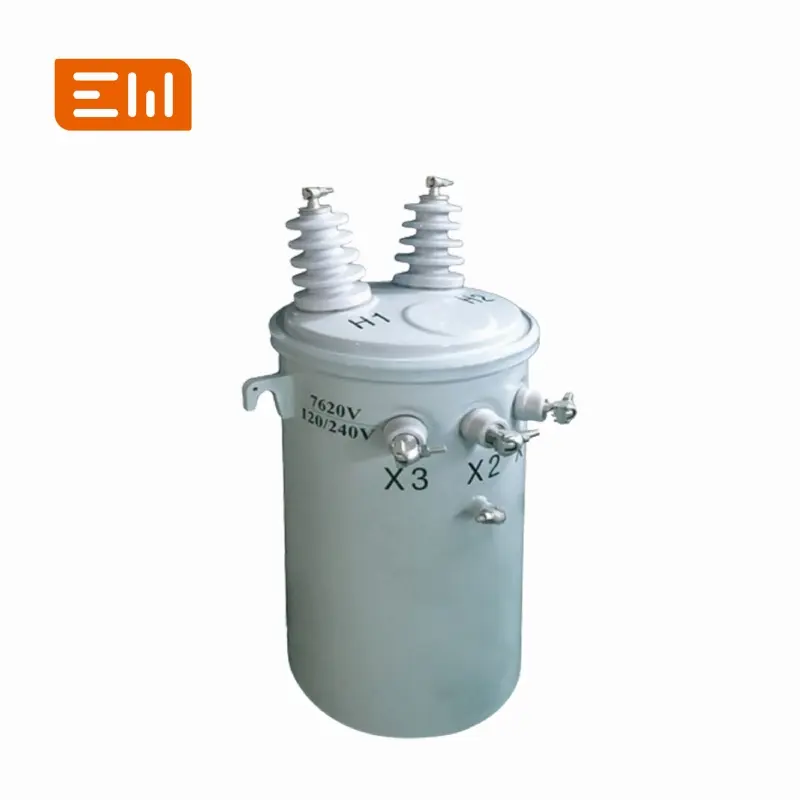

Used for lower voltage needs, this is common in many homes. It is also used in light commercial settings. It can power specific single-phase machines. Our D (Oil-Immersed) and DC (Dry-Type) series cater to these single-phase requirements.
Optional Link: Check out our D Single Phase Oil Immersed Transformer and DC Single Phase Dry-Type Transformer.
Types Based on Function (Briefly Mention)
- Step-Up Transformer: Increases voltage (e.g., from a generator to the transmission grid).
- Step-Down Transformer: Decreases voltage (e.g., from the distribution grid to a usable level for consumers). Most transformers you encounter daily are step-down.
-
Distribution Transformer vs. Power Transformer:
These terms are often used interchangeably. However, "Power Transformers" typically refer to those located at generating stations or high voltage substations.
"Distribution transformers" lower voltage for local use by end-users in homes, businesses, and factories.
Understanding Key Transformer Details
Beyond the basic type, several technical specifications are critical for selecting the right transformer. Getting these details correct is essential for optimal performance, longevity, and safety. Let's decode them:
-
Power Rating (kVA/MVA): This indicates the apparent power a transformer can handle (Kilovolt-Amperes or Megavolt-Amperes). It's crucial for matching the transformer to the total load it will serve. Our typical range, from 30kVA to 31500kVA, meets many needs. This includes residential, small commercial, and large industrial uses.
Why it's critical: Undersizing leads to overloads, overheating, and premature failure; oversizing means unnecessary initial cost and potentially lower efficiency at typical loads. Accurate load assessment is key. - Voltage Ratings (Primary/Secondary, Taps): The input (primary) and output (secondary) voltage levels the transformer is designed for. Taps are connection points on the primary or secondary windings. They allow for small adjustments in the voltage ratio. This is usually done to adjust for changes in grid voltage.
- Phase (Single vs. Three): Your electrical system must match the phase type. Use single-phase for many homes and light commercial loads. Use three-phase for most industrial, heavy commercial, and utility distribution systems.
- Frequency (Hz): Must match the grid frequency (e.g., 50Hz or 60Hz). Operating at the wrong frequency can cause serious issues.
-
Impedance (%Z): Represents the transformer's opposition to current flow. It affects how well voltage is regulated when there is a load. It also determines the highest fault current, or short-circuit current, that the transformer can handle.
Why it matters: Impedance is important for coordinating protection devices, like fuses and circuit breakers. It helps keep the system stable during faults. -
Cooling Method (e.g., ONAN, ONAF, AN, AF): Specifies how heat generated by losses is dissipated.
Common acronyms include:
- ONAN: Oil Natural Air Natural
- ONAF: Oil Natural Air Forced
- AN: Air Natural for dry types
- AF: Air Forced for dry types
-
Efficiency and Losses: Higher efficiency means less wasted electrical energy that turns into heat. This leads to lower operating costs over the transformer's lifetime.
Losses occur in two main areas.
First, there are core losses, also known as no-load losses. These happen when the system is energized but not under load.
Second, there are load losses. These occur in the primary and secondary windings and depend on the load being used.
-
Standards (e.g., IEC, ANSI, GB):
These standards make sure the transformer is safe and performs well. They also ensure the transformer is the right size and has been tested properly for its specific use.
Compliance is non-negotiable for safety and interoperability.
Factors to Consider When Choosing Your Transformer
Making the final choice involves weighing several interconnected factors. Consider these questions carefully to ensure your selection perfectly aligns with your unique operational requirements and site conditions:
-
Matching Electrical Needs:
First, check the voltage ratings.
Next, ensure the kVA/MVA capacity is suitable.
Also, confirm that the phase and frequency match your system.
Finally, verify that the impedance meets your expected load.
Are there plans for future load growth? - Application and Load Type: What is the primary use? Think about the environment, including residential, commercial, and industrial sites. Also, consider how the utility grid connects. Look at the type of load too. This includes constant versus variable loads. Some loads, like motors, have high starting currents. Others, like VFDs or LED lights, generate harmonics.
- Installation Place & Environment: Indoor or outdoor? What are the altitude, ambient temperature range, humidity levels, and seismic conditions? Is there exposure to corrosive elements? These will influence enclosure type (IP rating) and cooling requirements.
- Oil-Immersed vs. Dry-Type Choice: Look again at the pros and cons we talked about before. Consider safety, maintenance, size, initial and lifecycle costs, and environmental impact. The detailed comparison is your best friend here.
- Efficiency vs. Cost (Total Cost of Ownership): Don't just look at the initial purchase price. Calculate the total cost of ownership (TCO). This includes long-term energy savings from more efficient models. Consider their possibly higher initial cost. Higher efficiency often pays back over time.
- Maintenance Needs & Resources: Factor in the resources (personnel, budget, downtime tolerance) required for upkeep. Oil-filled units typically demand more periodic maintenance (oil sampling, testing, potential filtering).
- Supplier Reputation and Support: Choose a reliable, well-established manufacturer offering quality products, robust warranties, accessible technical support, and readily available spare parts.
Important Note: Overlooking even one of these factors can lead to suboptimal performance, increased operational costs, or safety risks. A thorough evaluation is crucial.
Common Uses for Power Transformers
Power transformers are the unsung heroes in a vast array of applications. Can you spot where your needs fit in?
- Utility Power Grids: These are important for increasing voltage at power plants. This helps with efficient long-distance transmission. They also lower voltage at substations for distribution to homes, businesses, and factories.
-
Residential, Commercial, and Industrial Buildings
We work with homes, apartment complexes, offices, malls, hospitals, factories, and data centers.
We provide safe voltage for:- Lighting
- HVAC systems
- Elevators
- Appliances
- Machinery
- IT equipment
- Other electrical needs
- Renewable Energy Projects (Solar Farms, Wind Turbines): Collecting power that is generated, usually at lower voltages. Then, we increase it to a suitable voltage for connecting to the utility grid.
- Specialized Industrial Processes: Powering large motors, electric furnaces, welding equipment, rectifiers, and other machinery requiring specific voltage levels in manufacturing plants.
Frequently Asked Questions (FAQ)
Got questions? We've got answers! Here are some common queries we receive that might help you:
What is the difference between kVA and kW?
kVA (Kilovolt-Ampere) represents apparent power, which is the total power supplied by the transformer (voltage x current). kW (Kilowatt) shows real power. This is the power that the load uses to do useful work. The difference is due to the load's power factor (PF), where kW = kVA x PF. Transformers are rated in kVA because they provide total apparent power. This is true no matter the load's power factor. Their losses relate to voltage and current (kVA), not just useful power (kW).
How long does a power transformer typically last?
The lifespan of a power transformer depends on its type (oil or dry), design quality, and loading conditions. It also relies on maintenance practices and the environment where it operates. Well-maintained oil-immersed transformers can often last 20-40 years, sometimes longer. Dry-type transformers usually last about 15 to 30 years or more. Their lifespan depends on keeping them clean and within safe temperature limits.
Can I use a 60Hz transformer on a 50Hz system (or vice-versa)?
Generally, no, this is not recommended without careful engineering assessment and potential de-rating. Using a transformer made for 60Hz on a 50Hz supply will raise the magnetic flux in the core by about 20%. This happens because flux goes up when frequency goes down, assuming the voltage stays the same. This can lead to core saturation. It can also cause too much heat and higher losses. This may damage the primary and secondary windings or insulation. Using a 50Hz transformer on a 60Hz system might work, but it can cause more core losses. This can make the operation less efficient. Always use a transformer designed for your specific system's frequency.
What are "taps" on a transformer and why are they important?
Transformer taps are connection points on the primary or secondary windings. They allow for small adjustments, usually ±2.5% or ±5%. This changes the turns ratio and the output voltage. This is important because the supply voltage from the grid isn't always perfectly constant; it can fluctuate. By choosing different taps, you can adjust the output voltage. This is usually done when the transformer is off, using an Off-Load Tap Changer (OLTC). Some large transformers have On-Load Tap Changers. This adjustment helps match the voltage to your equipment's needs. It also compensates for voltage drops when under load or changes in the supply. This ensures your devices receive the optimal voltage for their performance and longevity.
Conclusion: Making the Right Choice
Quick Summary: Your Path to the Ideal Transformer
Choosing the right power transformer is a critical decision. By now, you should understand how they work. You should know the different types available, like oil-immersed and dry-type. You should also know the importance of their primary and secondary windings. Key specifications include kVA, voltage, and impedance. Consider these important factors for your specific residential, commercial, or industrial needs. This knowledge empowers you to make an informed choice that balances performance, cost, safety, and reliability.
Next Steps: Let Us Help You Power Your Success
Ready to find the perfect transformer solution tailored to your needs? Don't leave it to chance. Our skilled team is here to help you at every step. We will make sure you get a transformer that meets and exceeds your expectations.
Browse Products: Explore our complete range of high-quality power transformers.
Get Expert Advice: Contact our transformer specialists today for personalized assistance, technical consultation, and a competitive quote. Let's ensure your power system is built on a foundation of excellence!

